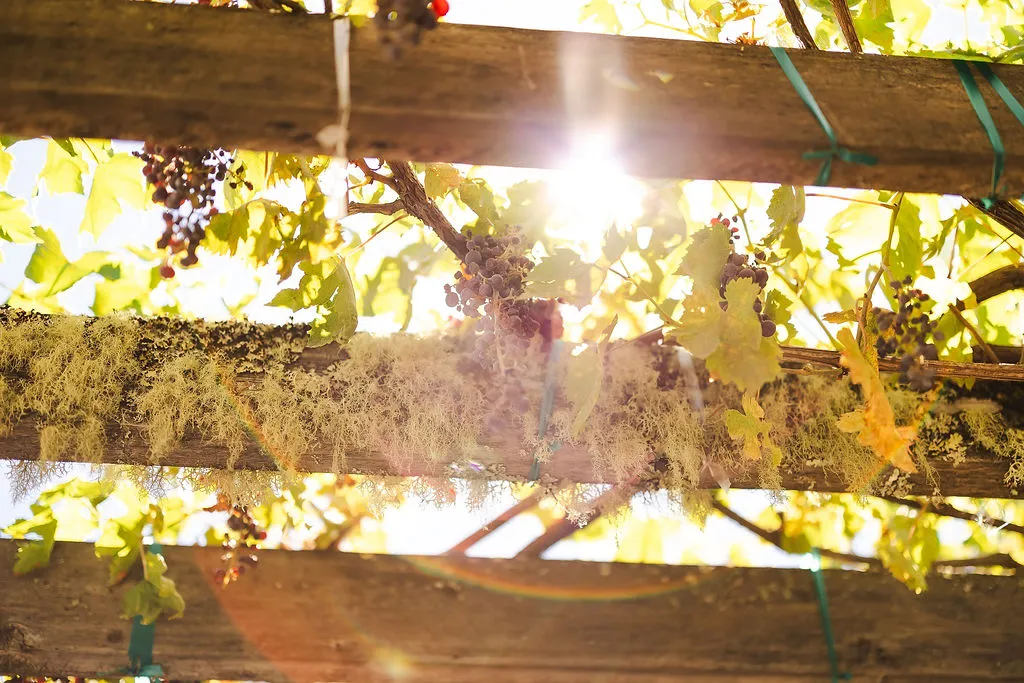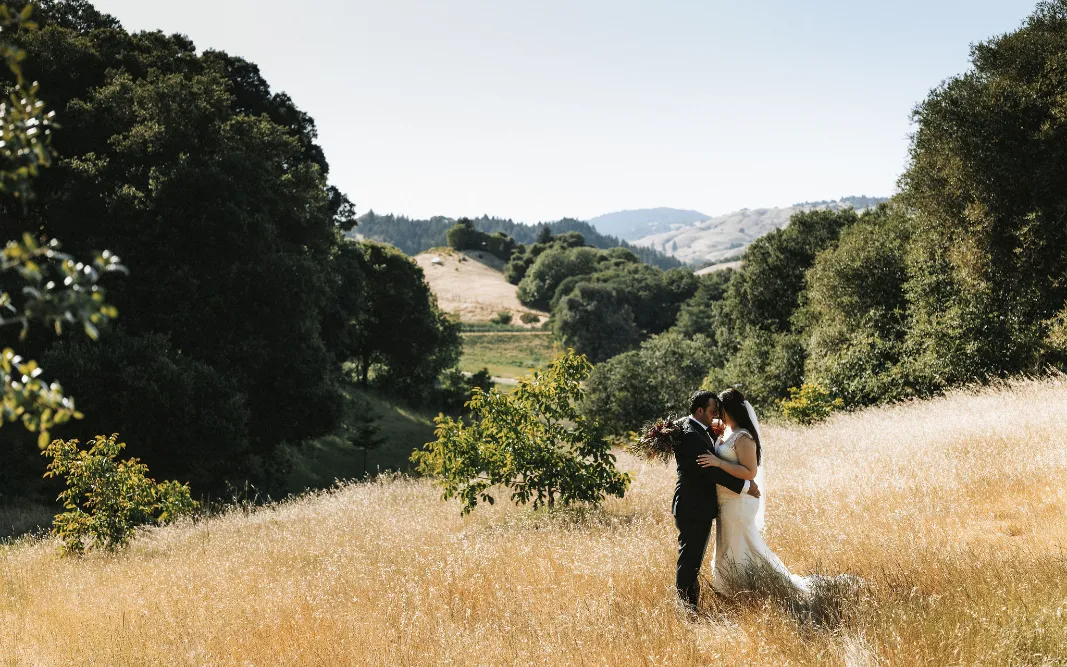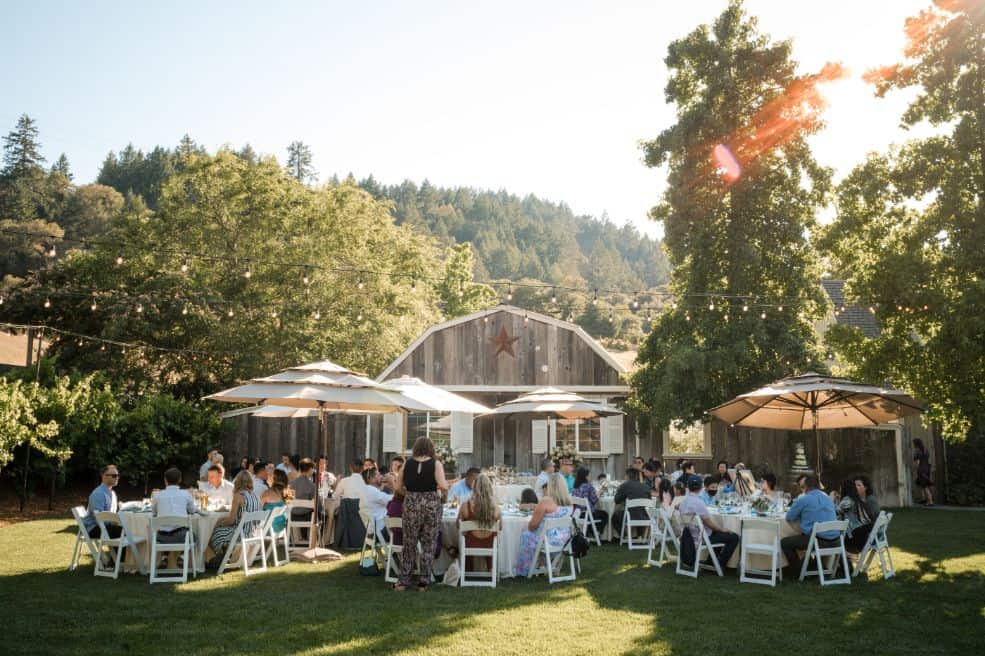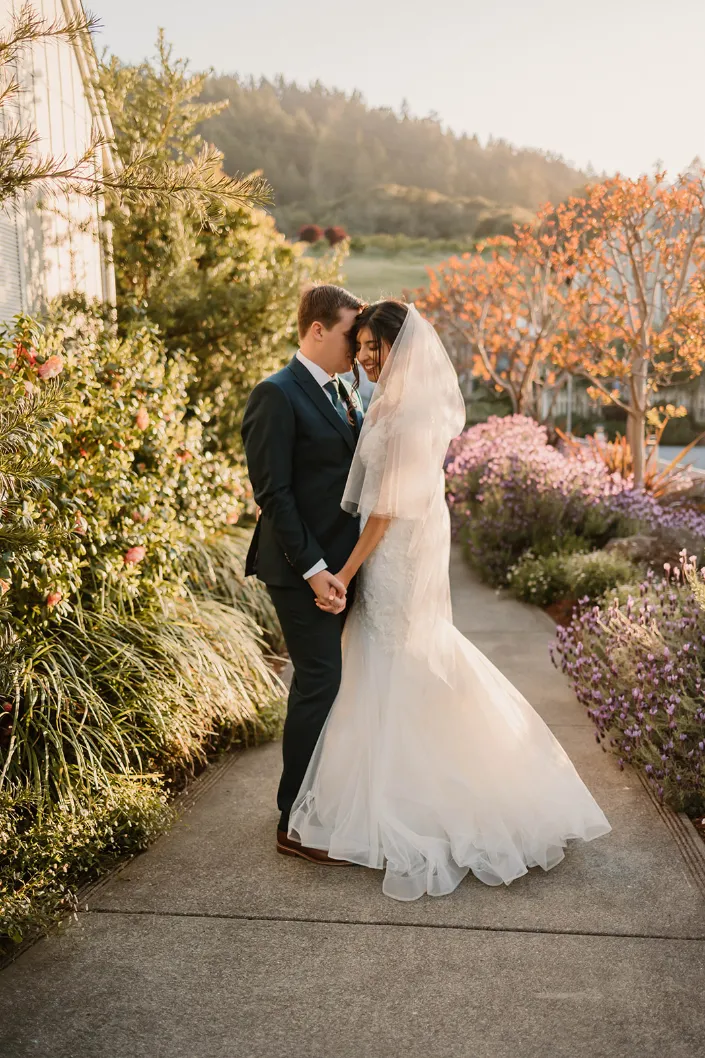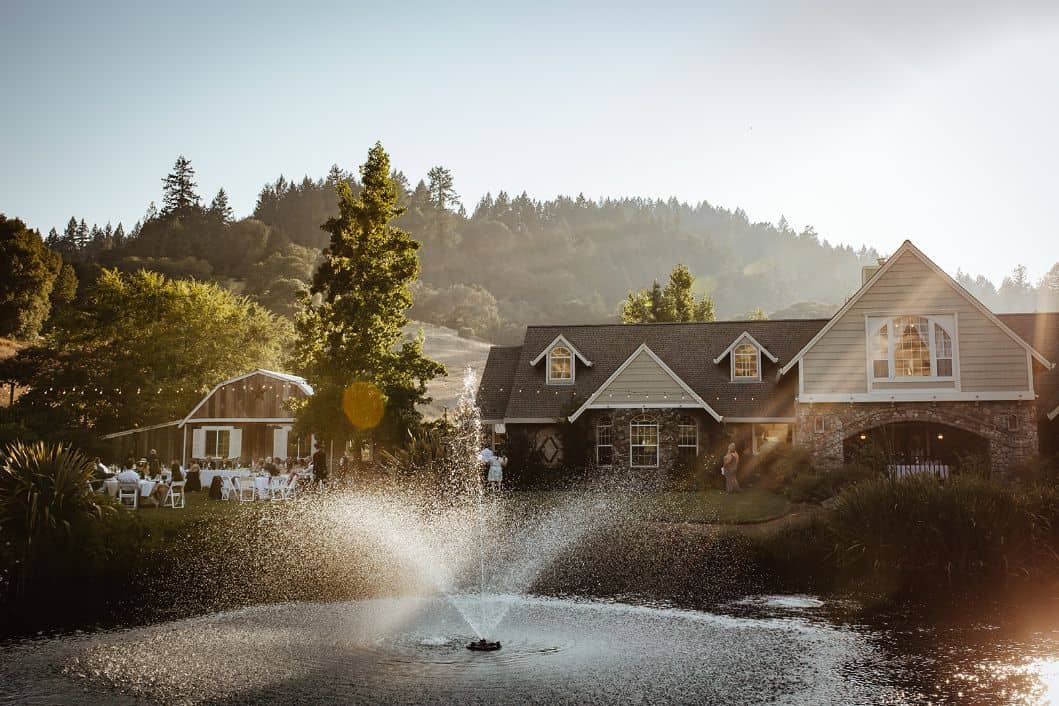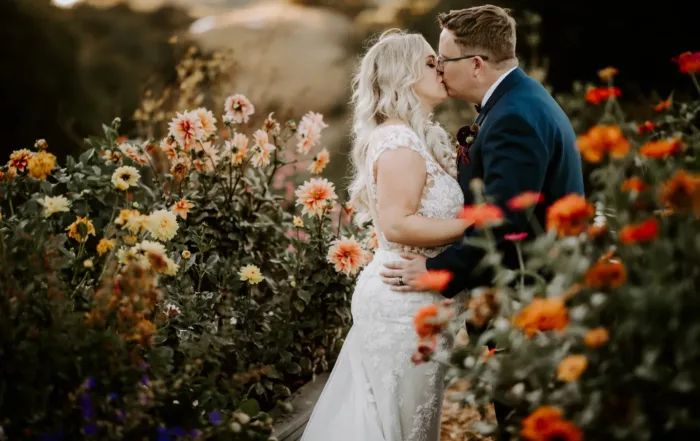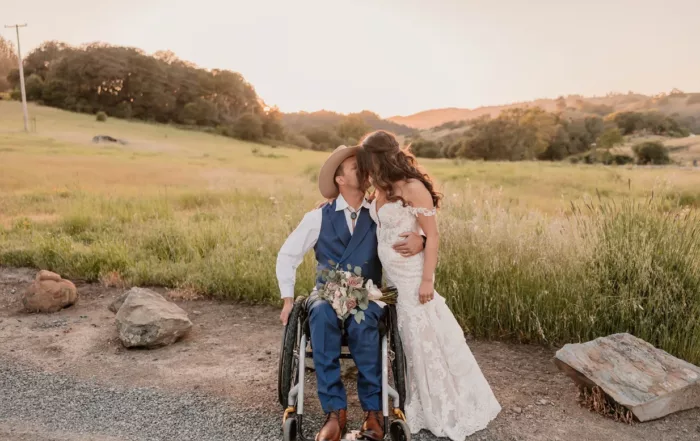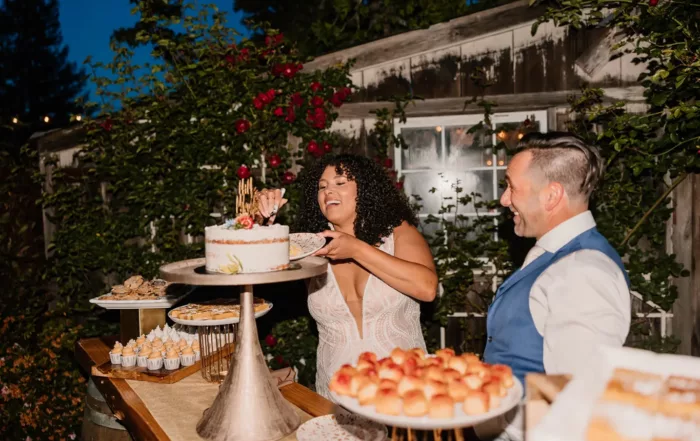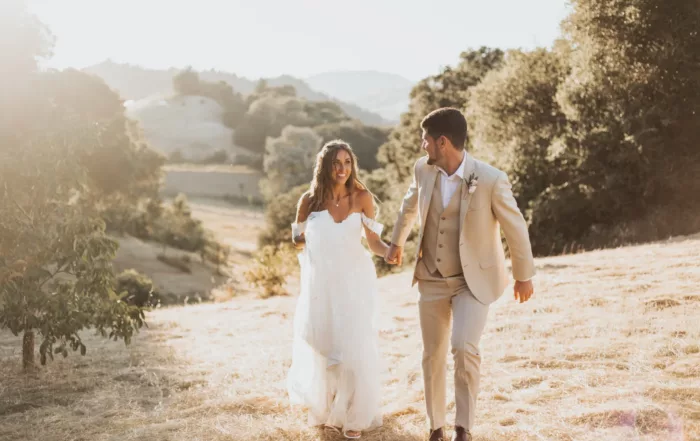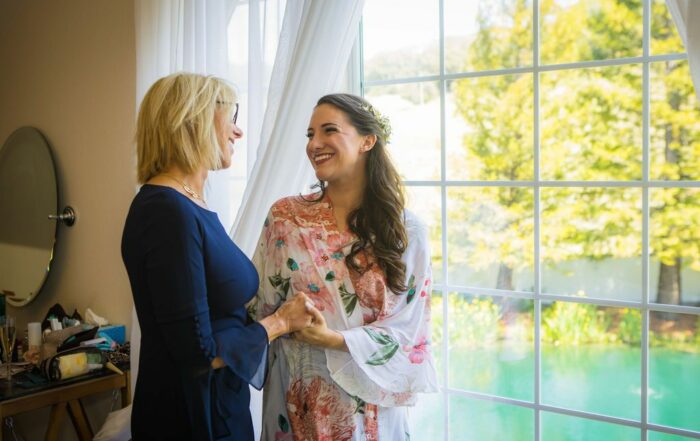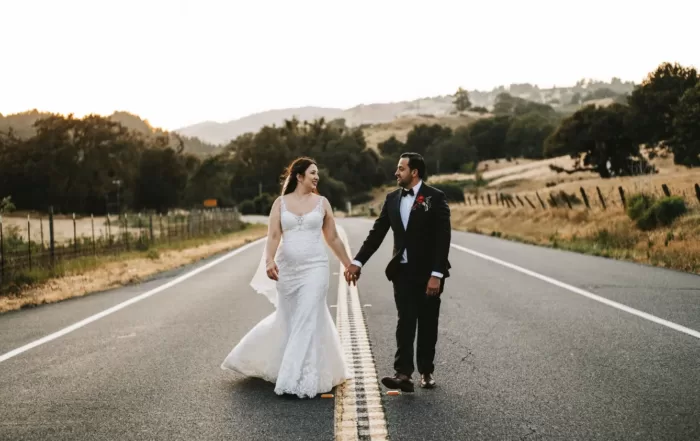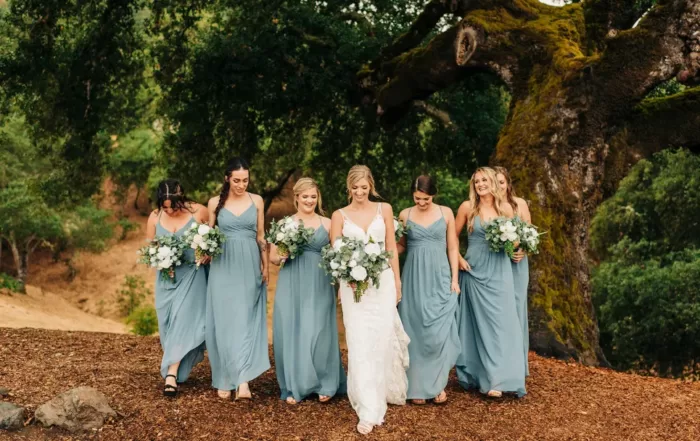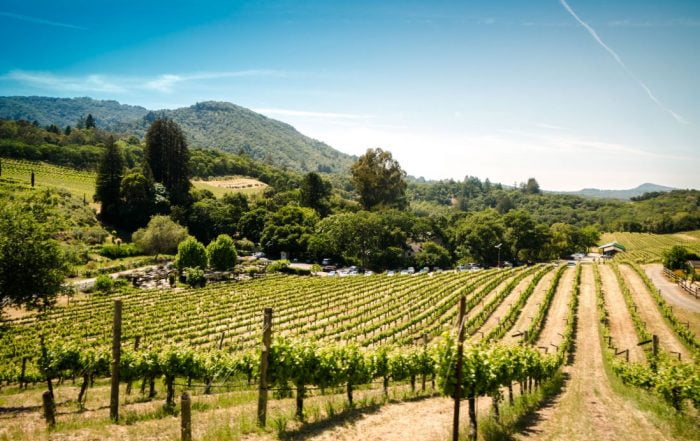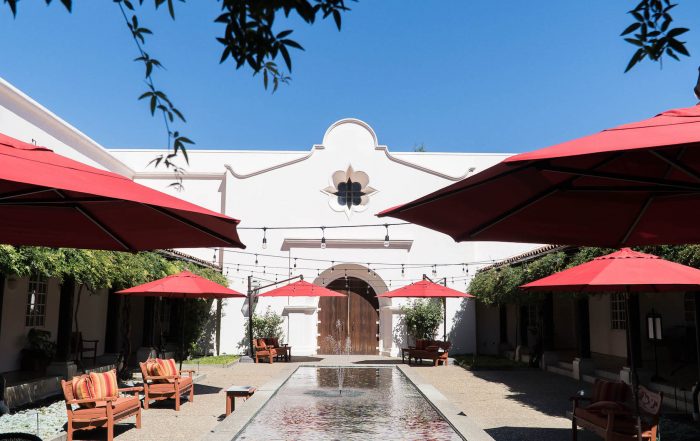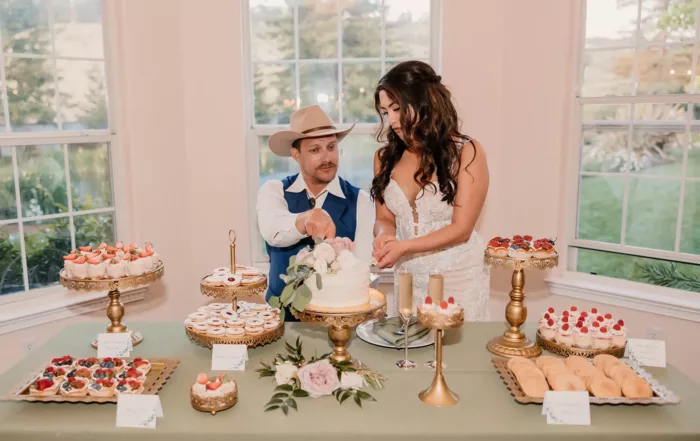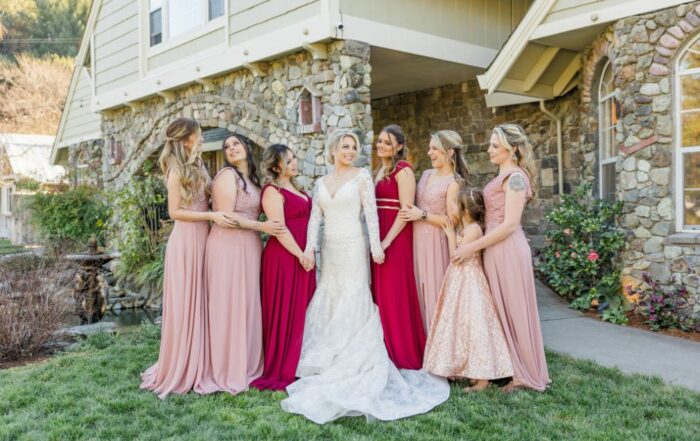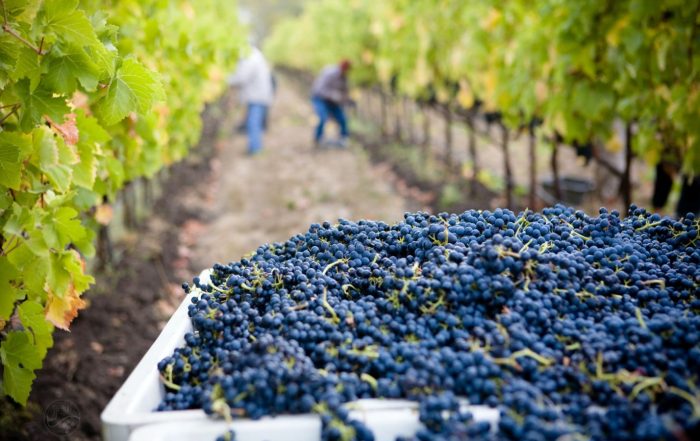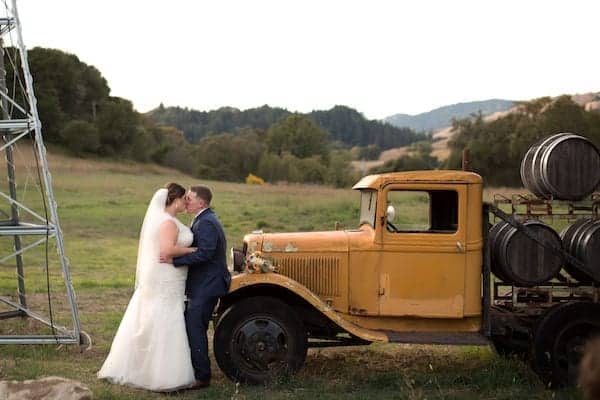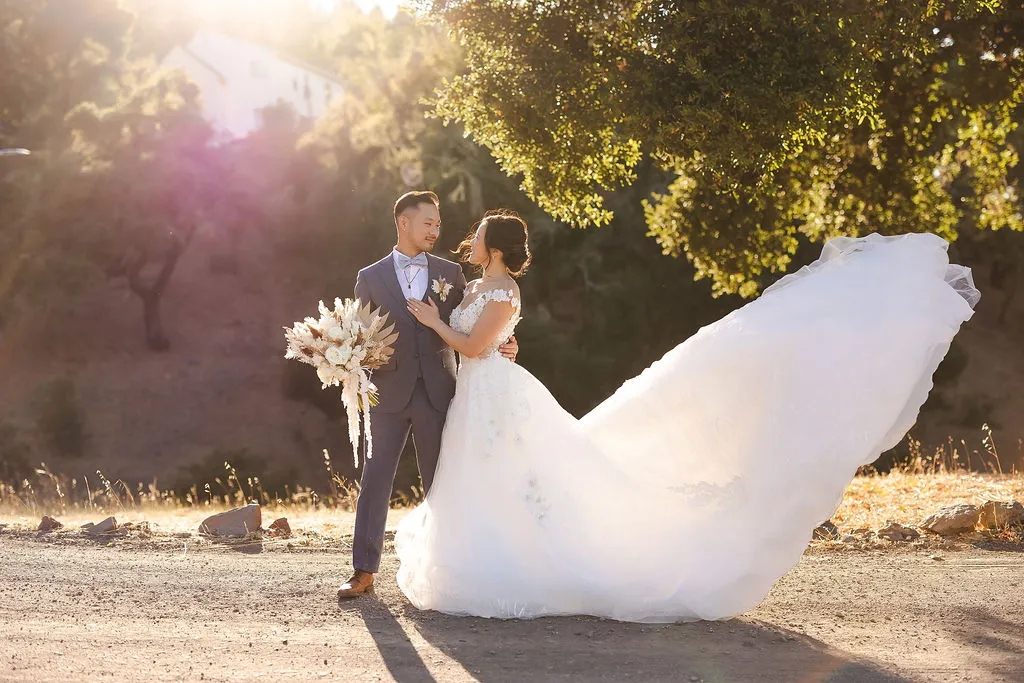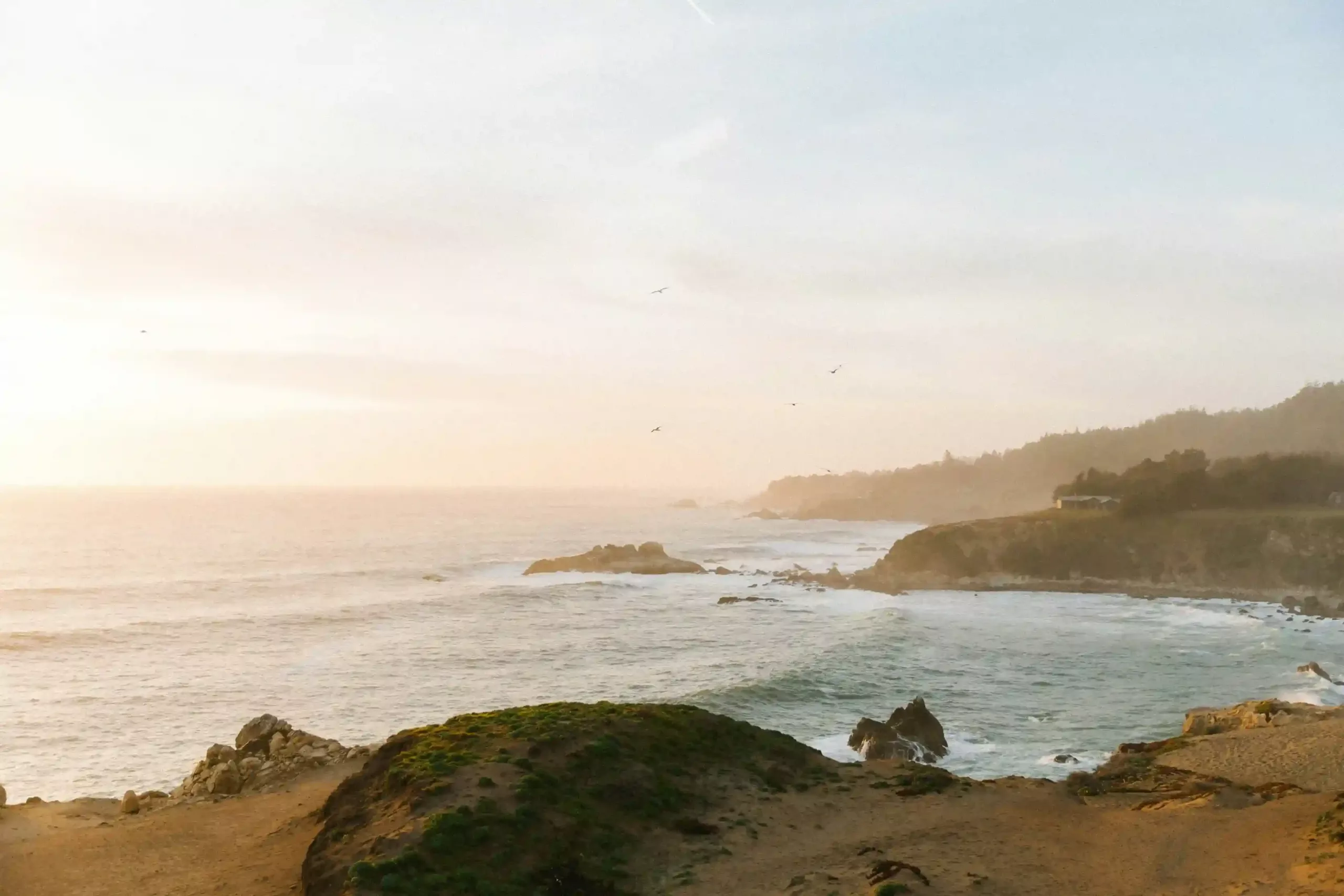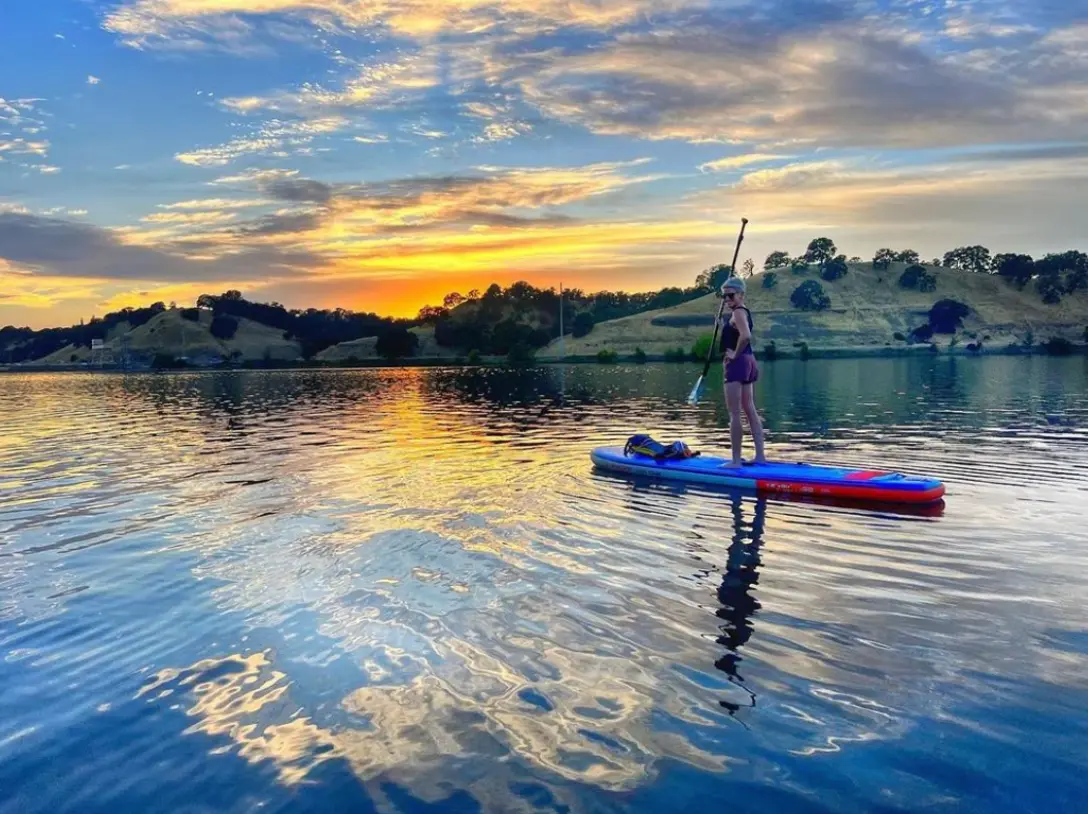Table of Contents
- Rows, Vines, and “I Do’s”: The Truth About Wine Country Celebrations
- Exploring Stunning Wine Country Regions in Northern California
- Distinctive Venue Types in Wine Country: Finding Your Style
- Comprehensive Wine Country Wedding Planning Guide
- Common Wine Country Wedding Planning FAQs
- Selecting the Ideal Season for Your Wine Country Wedding
- Wine Country Wedding Trends for 2025-2026
- Real Love Stories at Mountain House Estate
- More Wine Country Wedding Resources You’ll Love

Rows, Vines, and “I Do’s”: The Truth About Wine Country Celebrations
Wine Country weddings have magic all on their own, but creating enchanting vineyard ceremonies takes more than just booking any winery venue. I’ll guide you through the Wine Country regions, from prestigious Napa to laid-back Sonoma and charming Alexander Valley. You’ll discover which seasons offer the best value, and why Mountain House Estate gives you Wine Country ambiance without typical restrictions.
Ready to capture the essence of Wine Country in a celebration that reflects your vision? Let’s pop the cork and start planning within Northern California’s most captivating wedding destination!
Exploring Stunning Wine Country Regions in Northern California
Northern California’s Wine Country encompasses multiple distinct regions rather than one uniform area. Each pocket of this celebrated landscape offers couples a unique combination of scenery, ambiance, pricing structure, and wedding experience. From world-famous Napa Valley to the lesser-known gems of Alexander Valley, these areas have developed their own wedding personalities over decades of hosting celebrations.
California Wine Country Regions
Explore detailed guides to each region where you’ll discover what makes these areas special for Wine Country weddings, from venue pricing and recommended locations to accommodation options and the best seasons to celebrate. Learn more about each region’s distinct sub-areas to help you understand the unique character of places like downtown Healdsburg versus the surrounding Alexander Valley countryside.
Whether you’re drawn to sophisticated Napa or laid-back Sonoma, this regional guide will help you find a Wine Country setting that feels just right for your special day. ✨
Want More NorCal Inspiration?
- Check out my Northern California Wedding Venues page for a broader look at options, including Bay Area and North Coast weddings.
- You might also love these related guides: Private Estate Wedding Venues in Northern California, and Vineyard Wedding Venues.
@mountainhouseestate The gardens and meadows at Mountain House Estate offer a lush and vibrant setting filled with blooming flowers and greenery. 🌿🪻🌷 This enchanting area is ideal for a romantic garden ceremony, intimate gatherings, or stunning wedding photos. 📸🌿 Ready to make it yours? Let’s bring your vision to life. 💍🌷 #mountainhouseestate #weddingphotos #weddingvenue #northerncalifornia ♬ original sound - Mountain House Estate
@mountainhouseestate To Jenna and Jake, happy anniversary! 🌿 Your love lights up Mountain House Estate and reminds us all of the beauty of true partnership. Wishing you endless joy and happiness! ✨ ❤ Team Vendors.❤ Photography | @stephanie.colleen.photography Lauren Geoffrey Photography Videography | @denoisestudios Planning& Design | @cambriaevents Catering, Staffing, Bartending | @sonomacountycatering Bakery | @harveysdonuts DJ/Music | @runaway_dj Florals | @ginasflorale Rentals | @encoreeventsrentals Officiant | Rebecca Barilani Security | @camberosprivate Hair & Makeup | @brush.the.salon Shuttles | @pure_luxury_transportation #mountainhouseestate #mountainhouseestatewedding #weddinganniversary #rusticwedding #outdoorwedding #barnweddingvenue #californiawedding #northerncaliforniawedding #napavalley #sonomacounty #sacramentocalifornia
♬ original sound - Mountain House Estate
Wine Country Alternatives Across America
While Northern California leads in vineyard wedding experiences, wine regions across America and around the world offer distinctive alternatives. From Oregon’s misty Willamette Valley to the historic estates of Virginia and international destinations like Tuscany and Bordeaux, each region presents its own character and charm.
While these alternative wine regions offer unique wedding experiences, Northern California’s Wine Country remains the gold standard with its unmatched combination of world-class wines, stunning landscapes, and established wedding infrastructure.
Once you’ve chosen your ideal wine region for your celebration, the next crucial decision is selecting the right venue type to bring your vision to life. From historic wineries to private estates, each venue category offers distinct advantages and considerations for your Wine Country wedding.
Distinctive Venue Types in Wine Country: Finding Your Style
Wine Country offers much more than just wineries for wedding celebrations. The diverse landscape has given rise to a variety of venue styles, each with its own character, advantages, and considerations. Understanding these different venue types helps you match your wedding vision with the right setting and avoid common pitfalls in the selection process.
Venue Styles For Wine Country Weddings
Explore the distinctive types of wedding venues available throughout Northern California’s Wine Country. Each venue category offers a unique atmosphere, guest experience, and set of advantages or limitations that aren’t always obvious during initial tours. Heres what you really need to know about different venue styles—from what questions to ask during site visits to the hidden challenges you might not discover until you’re deep into planning.
Your venue choice sets the foundation for your entire celebration—here’s what industry insiders know about each option.
Looking for a breathtaking Wine Country wedding without agricultural limitations? Let’s talk about your vision. We’re happy to share our expertise to help you create the celebration you’re dreaming of. ✨
Comprehensive Wine Country Wedding Planning Guide
Planning a Wine Country wedding comes with unique challenges and considerations that don’t apply to celebrations in other destinations. Between vineyard operations, tourism patterns, and the region’s distinctive geography, couples need specialized knowledge to navigate the planning process successfully and avoid common pitfalls.
Planning Essentials for Wine Country Weddings
Discover insider strategies for securing preferred vendors, navigating wine selection requirements, managing guest transportation in rural areas, and creating realistic budgets that account for the region’s unique pricing structure.
Whether you’re planning from across the country or just across the bay, these practical insights will help you create a seamless celebration that captures everything you love about Wine Country without unnecessary stress or surprise expenses.
Want vineyard views without winery restrictions? Our month-by-month wedding planning checklist will guide you through the process. Check out our Wedding Planning Corner for more expert advice!
Need More Planning Guidance?
- Read What to Do Once You’re Engaged for a step-by-step planning timeline after saying “yes.”
- Discover Why Hiring a Videographer for Your Wedding Is a Must to capture those priceless moments.
- Explore Creative Menu Ideas for Wine Country Weddings to delight your guests with regional flavors.
- Learn Reasons to Hire a Wedding Planner and how they can save you time, money, and stress.
@mountainhouseestate Golden hour + Mendocino County = pure wedding magic! 🌅✨ At Mountain House Estate, California’s sunsets create stunning portraits, romantic ceremonies, and unforgettable moments. Plan your dream wedding in Northern California’s most breathtaking venue. 💍 Schedule a tour today! 📸 Kate + Nick’s Wedding Photography: @kreate_photography Planner: @ybarraevents #mountainhouseestate #northerncalifornia #weddingvenue ♬ home but cute – Good Neighbours
Common Wine Country Wedding Planning FAQs
Selecting the Ideal Season for Your Wine Country Wedding
The passing seasons transform Wine Country like no other wedding destination—each offering a completely different backdrop, atmosphere, and planning experience. The mustard-yellow fields of spring look nothing like the lush greenery of summer, the golden harvest hues of fall, or the dramatic skies of winter. When you choose your wedding date in Wine Country, you’re not just picking a day—you’re selecting an entire sensory experience.
When to Say “I Do” in Wine Country
Beyond just pretty views, your wedding date determines everything from your budget (with variations up to 40%) to your floral options, menu inspiration, and even how your photos will look for generations to come. This guide cuts through the glossy brochure images to reveal what weddings in each season really entail—from the practical realities of weather patterns to the insider secrets about pricing, crowds, and those magical lighting conditions photographers chase.
Whether you’re balancing budget priorities, dreaming of specific blooms, or navigating guest travel considerations, understanding Wine Country’s seasonal personality will help you find that sweet spot where your vision meets reality.
Wine Country Wedding Trends for 2025-2026
As Wine Country enters the 2025-2026 wedding season, we’re seeing couples embrace the region’s natural beauty while adding personalized touches that elevate the guest experience. The pandemic-era shift toward meaningful, intimate celebrations continues to evolve into more refined, immersive events that highlight the best of what Wine Country offers.
Drawing from conversations with top local planners, recent celebrations at Mountain House Estate, and industry forecasts from BRIDES and Harper’s Bazaar, here are the emerging trends shaping Wine Country weddings:
@mountainhouseestate POV: You're planning your 2025 wedding and can’t choose the perfect color palette. 🎨 Here are 5 stunning wedding color palettes from real Mountain House Estate weddings! 💍 Sage Green: A soft, grayish-green hue that symbolizes tranquility, harmony, and nature. It brings a sense of calm and refinement to any setting. Terracotta: A warm, earthy orange-brown tone that evokes rustic charm, warmth, and organic beauty, often associated with clay pottery and Mediterranean aesthetics. Dusty Blue is a muted, soft shade of blue with a touch of gray, creating a romantic, calming, and effortlessly elegant feel. It’s a versatile color often associated with serenity, sophistication, and timeless beauty. Neautral Champagne: A soft, muted beige with hints of gold or blush, evoking warmth, elegance, and refinement. Gold: A symbol of luxury, opulence, and celebration, adding a radiant glow and timeless charm. Would you use these colors for your big day? #mountainhouseestate #weddingcolors #colorpalette ♬ original sound - Mountain House Estate
@mountainhouseestate Since we’re located in a destination wine country vacation area, many of your guests traveling from afar may turn this trip into a mini-vacation. Here’s a suggested itinerary to make the most of their visit: Wedding Day (Thursday) 🤍 Host your wedding on a Thursday to set the tone for a long weekend of celebration and exploration. Post-Wedding Gathering (Friday) 🌿 Plan a group outing with your guests, such as wine tasting at local vineyards or a scenic trip to the coast. This creates a relaxed and memorable day after the wedding. Free Exploration Day (Saturday) 🧐 Give your guests a free day to explore wine country, visit local attractions, or simply relax and enjoy the area at their own pace. Departure Day (Sunday) 🛫 Guests can head home on Sunday, allowing time to rest and prepare for the workweek ahead. For guests arriving earlier in the week, consider organizing a day trip to San Francisco before heading north to wine country later in the week. This makes their visit even more special and showcases the best of Northern California. video shot by @emeraldcinemaweddingfilms What’s your idea of the ultimate wedding weekend? Drop your ideas below! 🤍 #mountainhouseestate #weddingvenue #northerncalifornia #weddingtiktok ♬ 7AM - Slowed + Reverb - Adrian
@mountainhouseestate ✨ Pro Tip: For guests arriving early, why not organize a San Francisco day trip before heading to wine country? It's the perfect way to showcase the best of NorCal. Alec + Rebecca's Dream Team✨ Photography&Video// @spiritedphotoandfilm Videography// @cherryhillweddingfilms Planning&Designs// @sevenohsevenevents Catering// @sonomacountycatering Music/DJ// @runaway_dj Rentals// @encoreeventsrentals Hair// @gemini_salon_cotati Makeup// @santarosapowderroom Shuttles// @thunderstarcharter #mountainhouseestate #weddingdestination #sanfrancisco ♬ original sound - Mountain House Estate
@xxkatiegracen liv & sam in wine country on super 8 film #super8 #weddingtiktok #wedding ♬ Sinseerly Yours - Thee Sinseers & Joey Quinones
@itsalanmilan POV: You land in wine country for a fairytale wedding ❤️ #wedding #weddingvendor #weddingmusic #weddingplanning #bridetobe ♬ original sound - Alan Milan
@mountainhouseestate Get in touch with our Mountain House Estate team for the best advice, vendor suggestions, and all the details you need! ✨ #mountainhouseestate #weddingvenue #weddingvendor #northerncalifornia #weddingtiktok ♬ 风铃心愿 - Bythoven
@mountainhouseestate After their intimate, minimalist wedding ceremony, this celebration felt like the perfect way to gather friends and family to keep the party going! 🎉💍 Lorelei's after-party dress was simply stunning. She traded her wedding gown for a chic, sophisticated look that was every bit as elegant as her ceremony style. @derekandkaylaphotography @ybarraevents #mountainhouseestate #wedding #weddingtiktok #afterwedding #northerncalifornia ♬ original sound - Mountain House Estate
Whether you embrace these trends or chart your own path, Mountain House Estate provides the ideal Wine Country backdrop for your unique celebration. Let’s create a day that feels authentically yours! ✨
Real Love Stories at Mountain House Estate
Step into the world of real weddings at Mountain House Estate! Our gallery showcases how couples have transformed our vineyard setting into their dream celebrations—from intimate gatherings under the oak trees to grand receptions with harvest-inspired details. See how real couples incorporated seasonal elements, regional flavors, and Wine Country charm into their special days.
More Wine Country Wedding Resources You’ll Love
Thirsty for more Wine Country wedding inspiration? Explore our specialized guides covering everything from regional itineraries to venue comparisons. Whether you’re planning activities for your wedding guests or finalizing your celebration details, these resources will help you craft an authentic Wine Country experience.
Sonoma Coast Itinerary | Mountain House Estate Guide
Sonoma Coast captivates with its dramatic cliffs, secluded beaches, and charming towns! Whether you're extending your Mountain House Estate wedding celebration or seeking nature, cuisine, or adventure, this guide unveils the coastline's best. From [Read More]
Sonoma Wine Country Itinerary | Mountain House Estate Guide
Sonoma County is a captivating blend of world-class wineries, farm-to-table cuisine, and stunning landscapes. Whether you're planning activities around your wedding at Mountain House Estate or simply exploring the region, this inspiration guide will [Read More]
Best of Wine Country | Sonoma vs. Napa | Mountain House
Your Guide to Wine Country | Sonoma vs. Napa Northern California's Wine Country has so much to offer, but with so many choices it can be hard to decide on which region to visit. [Read More]
10 Things To Do in Santa Rosa, CA
Santa Rosa, California, is a charming city located in Sonoma County. Known for its world-class wineries, stunning landscapes, and vibrant culture, Santa Rosa offers visitors various activities and attractions. Here are some of the [Read More]
Top Wineries, Outdoor Activities, and Shopping in Sonoma County
Sonoma County, California, is a beautiful region known for its stunning landscapes, vineyards, and charming small towns. Here are some of the best things to do in the area: Wineries Jordan Winery Jordan Winery [Read More]
Things To Do in Healdsburg | A Mountain House Estate Guide
Nestled in the heart of Sonoma Wine Country, Mountain House Estate offers more than just a stunning wedding venue. ♡ Our picturesque 40-acre property, located just minutes from Healdsburg at 38000 CA-128, Cloverdale, CA [Read More]
Our Favorite Vineyard Tours and Wineries in Wine Country
Our Venue is Located Near Some of the Best Winegrowing Regions Our Sonoma / Mendocino wedding venue is close to one of the best winegrowing regions in the world. Take a look at [Read More]
Petaluma Wedding Venues: 40-Acre Haven at Mountain House
@mountainhouseestate A magical 15 seconds of love captured at the Oak Tree Terrace at Mountain House Estate. Team Vendors. Photography// @myonelove Videography// @shutterandsound Planning + Design// @staceygoodsfarmandevents Catering+Staffing// @sonomacountycatering Cakes+Desserts// @flourandbloomcakes Bartending// @alilsomethinsweet Photobooth// [Read More]
Breathtaking Santa Rosa Wedding Venues at Mountain House Estate, CA
Are you dreaming of picturesque Santa Rosa wedding venues in the heart of California wine country? Welcome to Mountain House Estate, where we turn dream weddings into a reality against the stunning [Read More]
Mountain House Estate: Calistoga Wedding Venues and Northern California
Mountain House Estate is a prime choice when searching for Calistoga wedding venues. Mountain House Estate is close to the Bay, Napa, and Sonoma and offers so much built-in value incomparable to other venues. [Read More]
7 Best Healdsburg Wedding Venues & Spaces | Mountain House
Hey there, lovebirds or party planners! Are you dreaming of tying the knot in beautiful Healdsburg, California? I've got you covered. As someone who's been in the wedding biz for years, I'm here to [Read More]
Geyserville Wedding Venues
A Look at the Some Geyserville Wedding Venues and Distance from Geyserville to Other California Regions Traveling up the gorgeous Highway 101, Mountain House Estate is a short 12-min drive (10 miles) from [Read More]
Your Wine Country Wedding Weekend
Sonoma Wine Country We know that when your wedding guests join you at Mountain House Estate, they are looking to stay for an entire wedding weekend. Our Mountain House Estate team is always happy [Read More]
While trends come and go, the timeless beauty of Wine Country weddings is bound to provide stunning backdrops for your unique love story. Whether you’re drawn to the golden harvest glow of autumn or the vibrant greenery of spring, your Wine Country wedding should reflect what matters most to you as a couple.
Ready to start planning your Wine Country celebration? Let’s uncork the possibilities and create a wedding day that feels authentically yours. ♡







